Garðar Eyjólfsson creates ceramics from Icelandic sulphur
DesignMarch 2016: Icelandic designer Garðar Eyjólfsson has created a range of yellow ceramics by melting and moulding sulphur (+ slideshow).
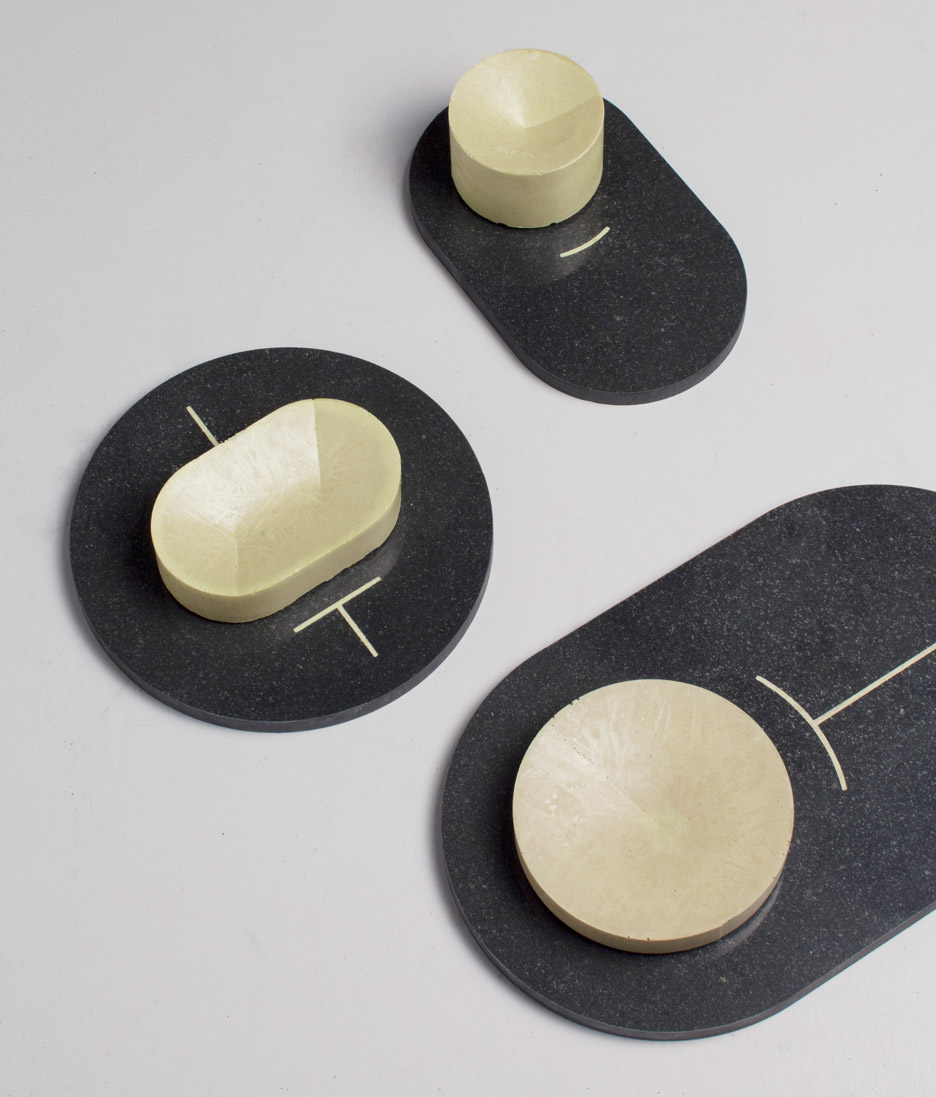
In Iceland, the element sulphur has historically been used as a fuel to provide heat and exported to be turned into gunpowder. Today, Icelanders mainly associate the yellow-coloured substance with the geothermal plants that are central to the island's electricity and hot-water supply.
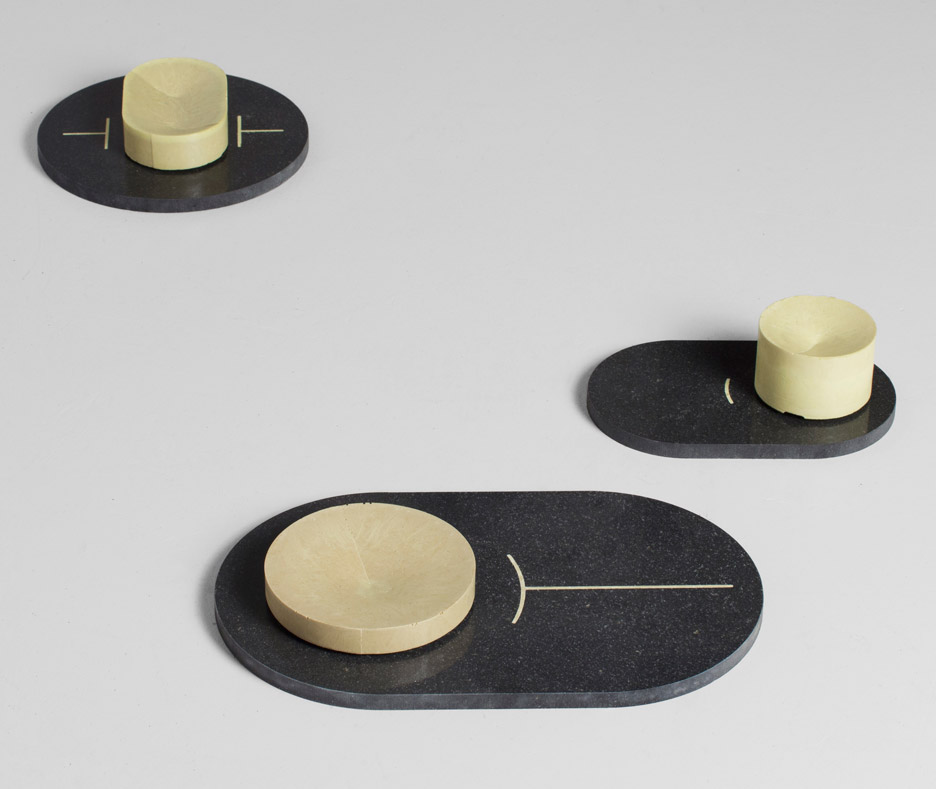
But Eyjólfsson has used the material to create his Sulphur Archive collection of small trays and bowls.
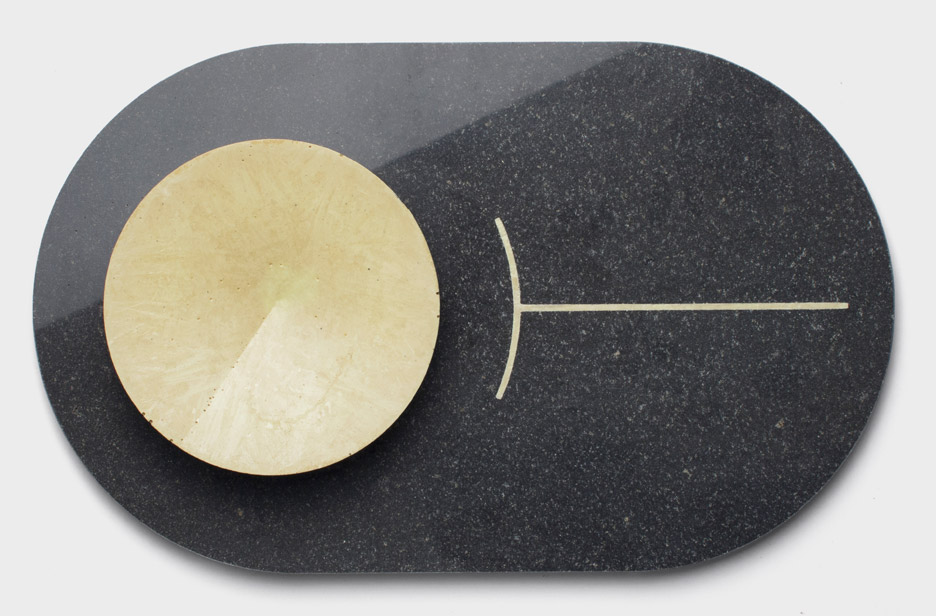
He spoke to Dezeen about the supposedly damaging sulphur pollution caused by these plants, and said he was drawn to "the relationship between the local habitants and the material in relation to the notion of balance between gain and sacrifice".
"I was mainly fascinated by the idea of making this seemingly intangible material in today's context tangible and relevant again," he said. "As a first step in this ongoing project I decided to research and develop new crafted methods with the material. To create contemporary crafts with this unorthodox material. In a way make the material visible, relevant."
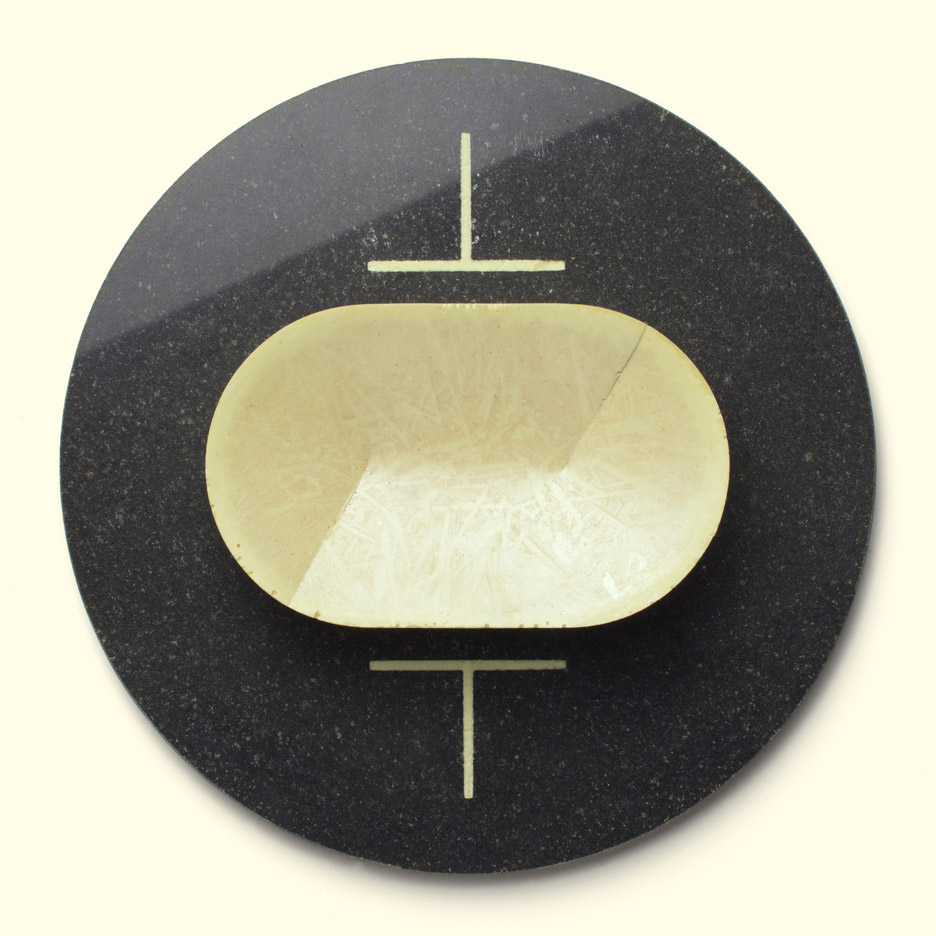
"In a way I liked the idea of reinventing the concept of ceramics in a island with no heritage relating to traditional ceramics, we have never used local materials in order to create ceramics, we import materials," he added.
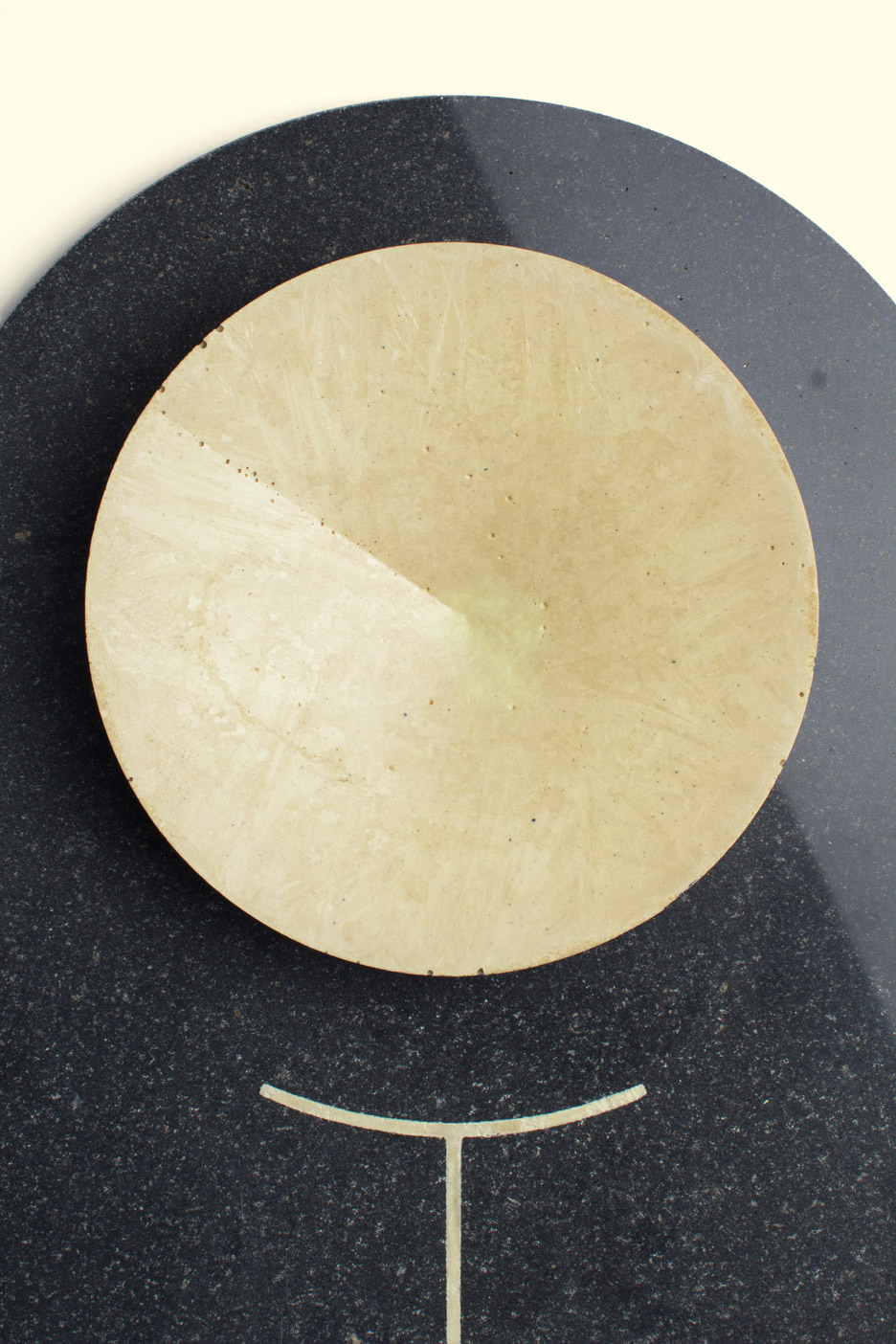
Sulphur's low melting point allowed Eyjólfsson to heat the material and pour it into moulds created by laser-cutting and folding paper. This resulted in circular and oval-shaped dishes reminiscent of bars of soap.
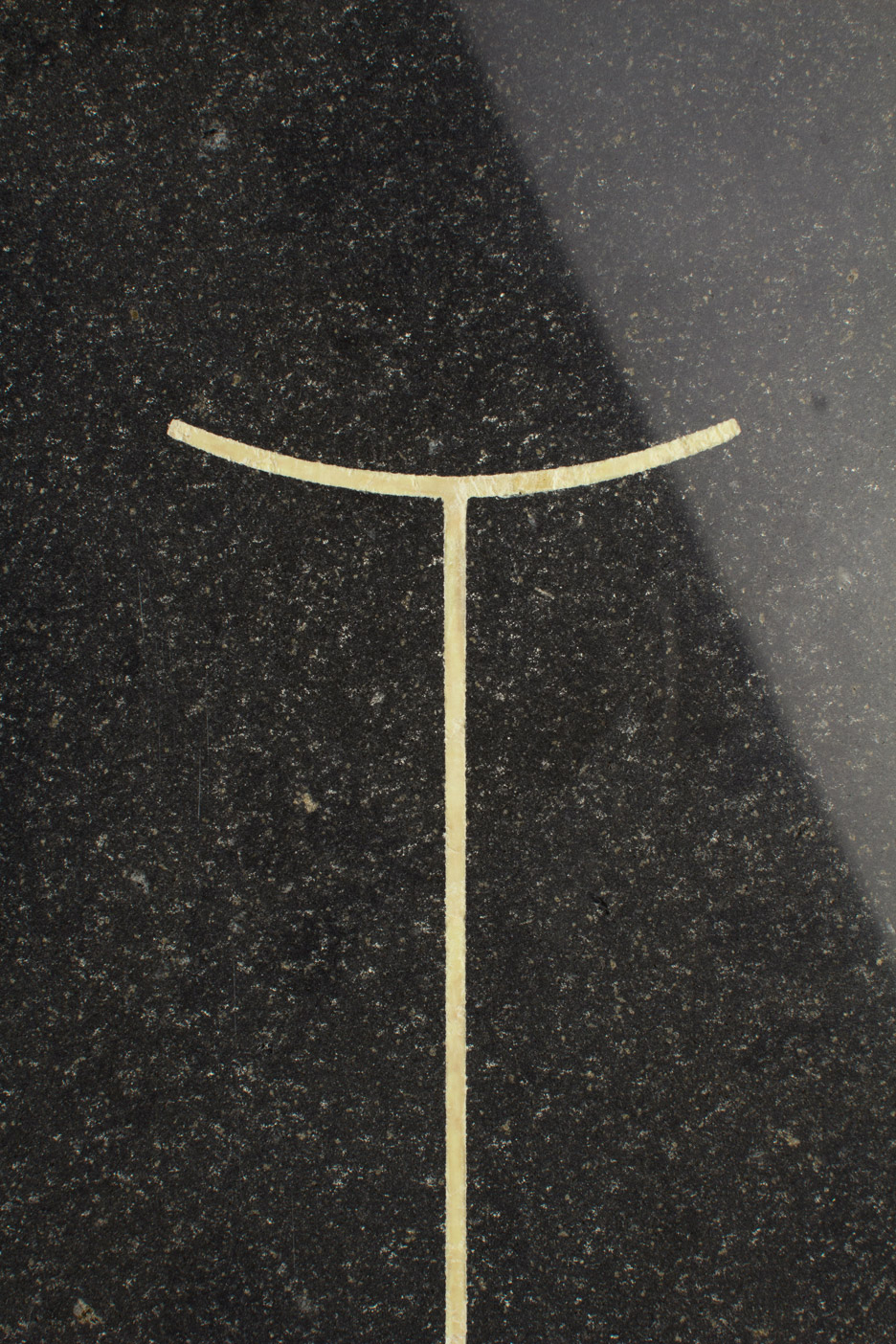
"I melt sulphur in a pan at about 100 to 120 degrees [centigrade] in a well-ventilated area and pour the material into the paper moulds," told Dezeen. "I can remove the objects out of the mould after about 20 minutes, although it takes the material about one to two days to recrystallise."
At this point, the sulphur changes both structure and colour – turning "from a caramelised brown colour to bright yellow" and becoming quite brittle.
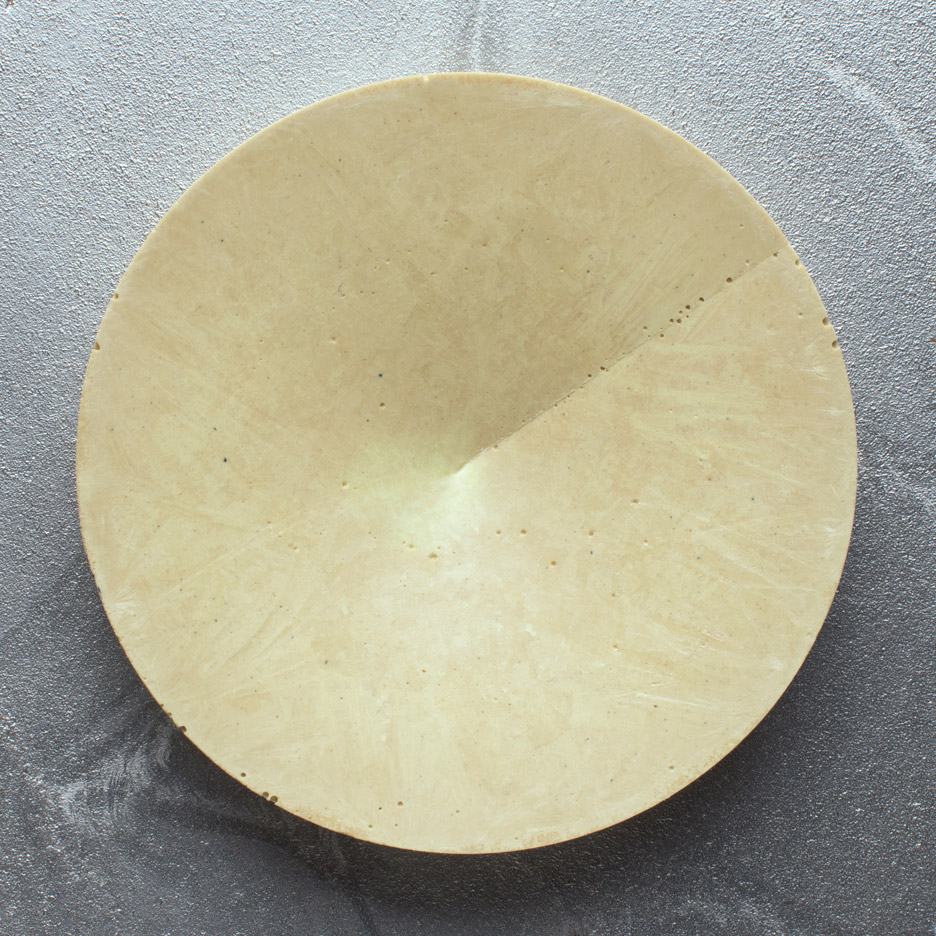
"It harmonises well with other stone formations in Iceland which mainly consist of young, brittle stones that are in constant flux with the natural elements in the island," Eyjólfsson told Dezeen.
Eyjólfsson also created tray-like bases for the dishes, which are made from locally sourced basalt that has been CNC-milled and inlayed with sulphur to produce T-shaped details.
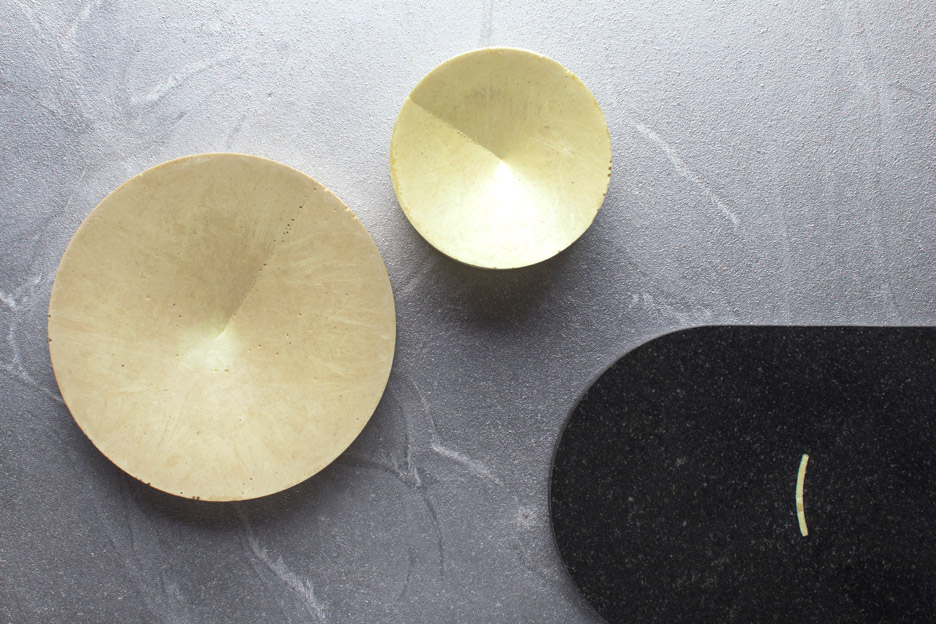
"I got fascinated with the idea that actually I was melting stone, sulphur in a pan on my stove in the studio," said Eyjólfsson. "The introduction of new processes like CNC milling gives me the possibility digitally mill out graphical elements into hard materials like basalt stone. I then pour the molten sulphur into inlay cavity. To inlay stone with stone."
Sulphur Archive was on show as part of Reykjavik's annual design festival DesignMarch, which took place from 10 to 13 March 2016.
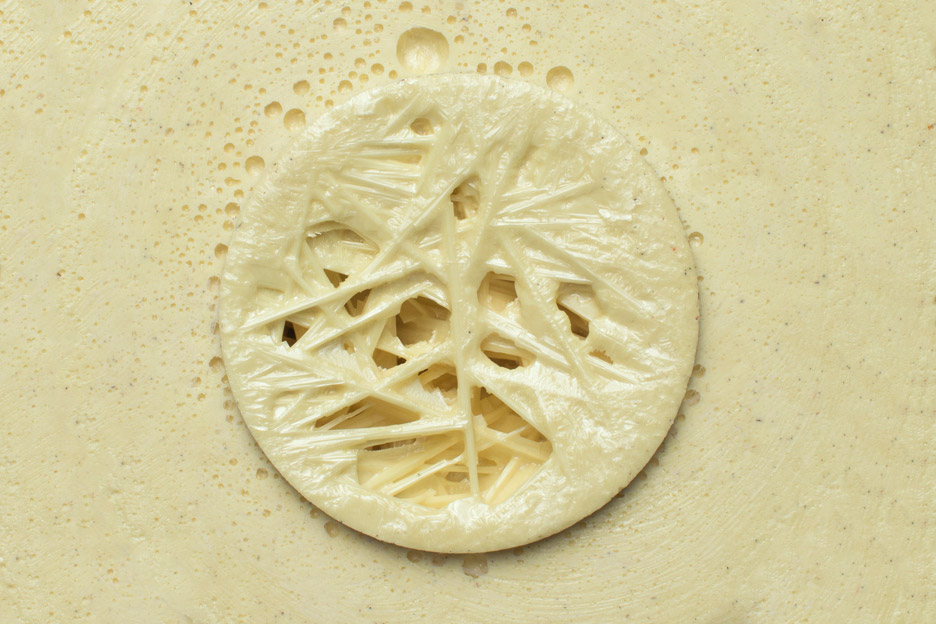
Eyjólfsson often uses materials as the starting point for projects. He has previously made products from resin and wood from the Pinus Pinaster tree.
As well as running his own studio, Eyjólfsson is director of studies in product design at the Iceland Academy of the Arts. Students from the academy also presented experiments with willow as part of this year's DesignMarch.
Photography is by Johanna Seelemann.